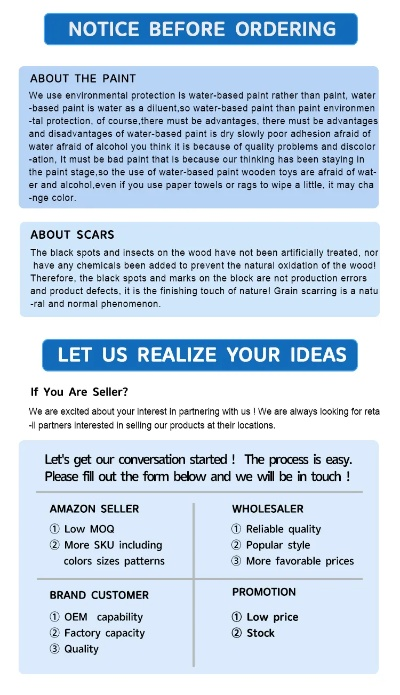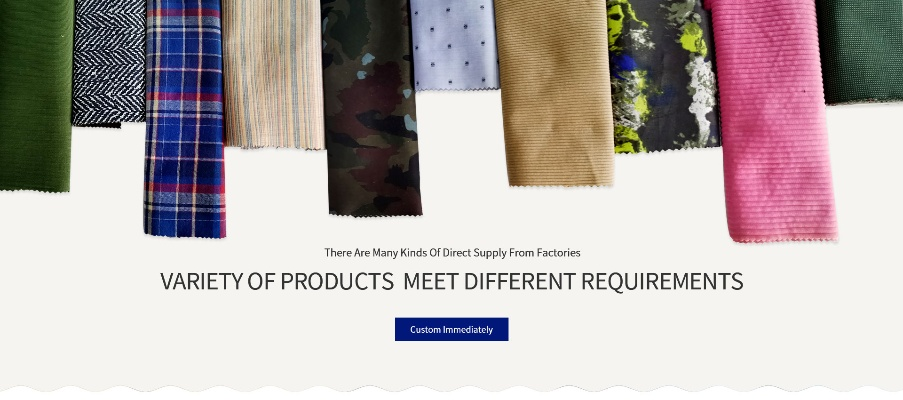A Comprehensive Guide to Textile Defect Descriptions in English
This comprehensive guide to textile defect descriptions in English provides a detailed overview of the most common types of defects found in textile products. The guide covers topics such as color variations, texture irregularities, and fabric thickness irregularities. Additionally, it includes information on how to describe various defects using standardized terminology and provides examples of defect descriptions for different types of textile products. Overall, this guide is an essential resource for anyone working with textile materials and seeking to accurately describe their defects.
Introduction: Textile products are an integral part of our daily lives, from clothing and household items to industrial materials. However, despite their importance, they can sometimes be affected by various defects that affect quality, durability, and aesthetics. In this guide, we will provide a comprehensive overview of common textile defects, their descriptions in English, and how to identify and address them.
Common Textile Defects:
- Blemishes: These are small imperfections or stains on the fabric surface. They may include pinholes, tears, rips, and stains.
- Fabric Texture: This refers to the overall feel and appearance of the fabric. It can include roughness, softness, and smoothness.
- Color Distortion: This occurs when the color of the fabric does not match the original design or pattern. It can be due to dye transfer, color bleeding, or color fading.
- Creases: These are lines or folds that occur during manufacturing or handling. They may be permanent or temporary and affect the overall appearance of the fabric.
- Moisture Absorption: This is the ability of the fabric to absorb moisture from the environment. It can cause shrinkage and warp in some types of fabric.
- Threading Errors: These are mistakes made during the weaving process, such as incorrectly placed stitches or missing threads.
Descriptions in English: | Textile Defect | Description in English | Example | |------------|----------------------|-------| | Blemishes | Small imperfections or stains on the fabric surface | Pinholes, Tears, Rips, Stains | | Fabric Texture | Overall feel and appearance of the fabric | Roughness, Softness, Smoothness | | Color Distortion | Mismatch between the color of the fabric and the original design or pattern | Dye Transfer, Color Bleeding, Color Fading | | Creases | Lines or folds that occur during manufacturing or handling | Permanent and Temporary Creases | | Moisture Absorption | The ability of the fabric to absorb moisture from the environment | Shrinkage and Warp in Some Types of Fabric | | Threading Errors | Mistakes made during the weaving process | Incorrectly Placed Stitches or Missed Threads |
Identifying Textile Defects: To identify textile defects, it is important to examine the fabric closely for any signs of damage or irregularities. Look for areas of discoloration, loose threads, visible stitching errors, and any other noticeable flaws. Additionally, consider the fabric's texture and feel, as well as its color consistency throughout the piece.

Addressing Textile Defects: Once you have identified a defect, there are several options for addressing it. Here are a few examples:
- Repair: If the defect is minor and can be easily fixed, such as a small tear or a missing thread, repairing it can help improve the overall appearance and functionality of the fabric.
- Replacement: If the defect is more significant or affects the integrity of the fabric, replacing it may be necessary. This could involve purchasing a new piece of fabric or using a different material altogether.
- Rework: For more complex defects, reworking the fabric may be necessary. This could involve removing the defective area and then carefully reweaving it with new threads or adjusting the pattern to correct the issue.
- Correction: If the defect cannot be repaired or replaced, it may be necessary to correct it by altering the design or pattern to avoid future issues.
In conclusion, identifying and addressing textile defects is essential for ensuring the quality and longevity of our garments and materials. By understanding the common defects and their descriptions in English, as well as how to identify and address them, we can better protect ourselves from potential problems and maintain the standards of excellence in the textile industry.
在日常纺织品使用过程中,难免会出现各种质量问题,本文将围绕纺织品缺陷进行详细描述,并通过英文案例说明来加深理解。
纺织品常见缺陷概述
-
线密度不均 英文描述:A common defect of textiles is uneven line density. This can occur due to various factors such as yarn manufacturing process, weaving technique, or even the handling of the fabric during transportation or storage.

-
颜色不均 英文描述:Another common defect of textiles is color irregularity. This can be due to various factors such as dyeing process variations, processing errors, or even the aging of the fabric during its lifetime.
-
纤维断裂或损坏 英文描述:Fiber breakage or damage is another common defect in textiles. This can occur due to various factors such as poor quality fibers, improper processing techniques, or even external factors such as wear and tear.
-
织物起皱或褶皱 英文描述:Stain or wrinkling of the fabric is another common defect. This can be due to various factors such as poor weaving technique, uneven weaving patterns, or even the use of inappropriate materials for the intended use.
案例说明
线密度不均案例 英文案例:某品牌的一款棉质衬衫在生产过程中出现了线密度不均的问题,经过调查,发现是由于纺丝过程中的温度控制不均匀,导致纤维分布不均,从而影响了线密度。
描述:在生产过程中,该衬衫的线密度分布不均匀,出现了明显的区域差异,这可能是由于纺丝过程中的温度控制不均匀,导致纤维在进入织布机之前就出现了分布不均的情况,这不仅影响了产品的外观和质量,还可能对穿着舒适度造成影响。

颜色不均案例 英文案例:某品牌的丝绸面料在使用过程中出现了颜色不均的问题,经过调查,发现可能是由于染色过程中的操作不当,导致颜色分布不均匀,也有可能是面料在存储和运输过程中受到了环境因素的影响。
描述:颜色不均的问题可能对产品的外观和品牌形象造成影响,这可能是由于染色过程中的操作不当,导致颜色分布不均匀,使得产品在市场上缺乏竞争力,如果面料在存储和运输过程中受到了环境因素的影响,也可能会加速面料的老化,从而影响产品的使用寿命。
纺织品缺陷英文表格说明
以下是一个纺织品缺陷英文表格,用于辅助说明上述内容:
| 缺陷类型 | 英文描述 | 相关案例 | 原因分析 |
|---|---|---|---|
| 线密度不均 | Line density irregularity | 某品牌棉质衬衫案例 | 生产过程中温度控制不均匀 |
| 颜色不均 | Color irregularity | 丝绸面料案例 | 染色过程中的操作不当或面料存储和运输环境因素 |
| 纤维断裂或损坏 | Fiber breakage or damage | 无具体案例 | 可能由不良纤维、处理不当或外部因素导致 |
| 织物起皱或褶皱 | Stain or wrinkling of fabric | 无具体案例 | 可能由织物工艺、材料选择不当或环境因素影响 |
纺织品缺陷是常见的质量问题,可能由多种因素导致,本文通过详细描述纺织品常见缺陷及其相关案例,为消费者提供了更全面的了解,通过英文案例说明和英文表格的辅助,使内容更加生动和易于理解,在实际应用中,消费者可以根据具体情况选择合适的纺织品,避免购买到存在缺陷的产品。
Articles related to the knowledge points of this article:
The Impact of Textile Tariffs on Global Trade and Employment
The Dynamic World of Woollen Apparel:An Overview with a Twist
The Global Fabrics of Shenzhen:A Look at the International Textile Market



